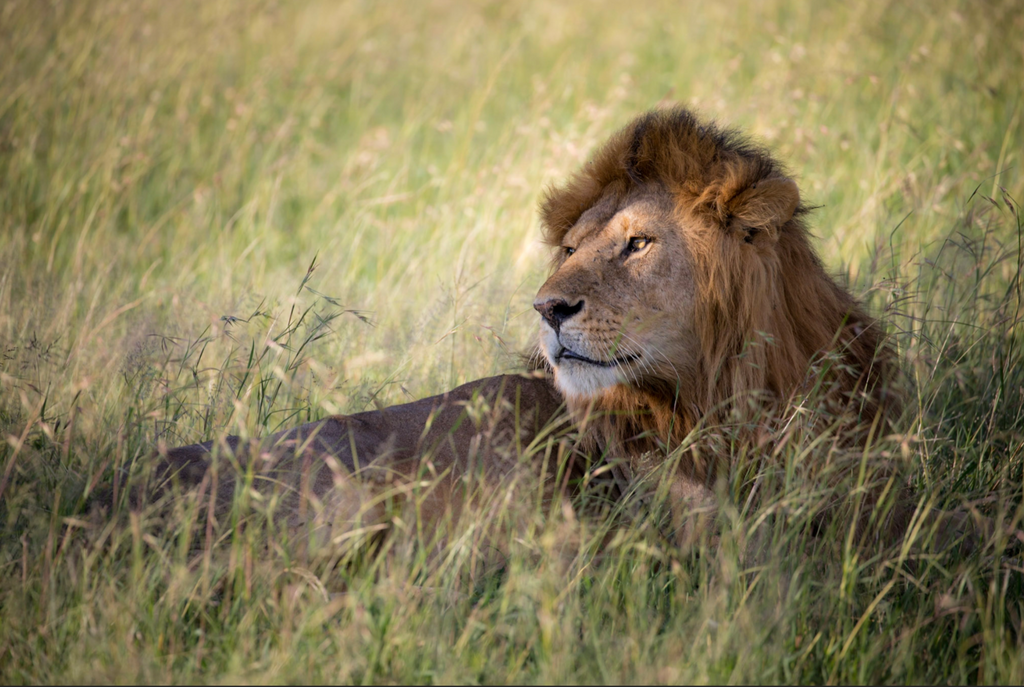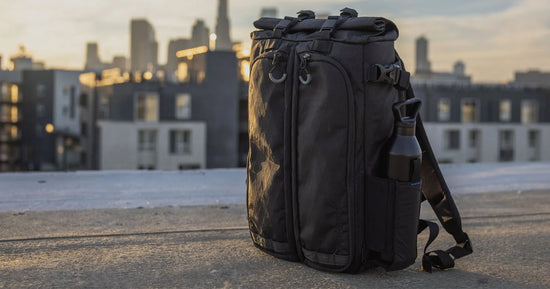How did you first become drawn to Africa and what keeps you going back?
I went to Africa for the first time twenty years ago and ended up staying for a month and a half. For me, it was a place that felt foreign enough and interesting enough to explore for a long time. It’s such a rich place photographically. In Africa, I can take portraits, wildlife photos, landscape photos; really any genre is possible there. It’s been where everything intersects for me. I’ve been able to go to remote places, have interesting experiences and ultimately make my living by guiding others and helping them to improve their photography.
Who are some photographers who inspire you?
What got me into photography growing up living in Northern California was the work of Ansel Adams. He captured nature in a really heroic and majestic way. The deep blacks and the tonal detail that he had in his images was truly amazing. Also, Galen Rowell. He was a National Geographic photographer, an educator, writer, and a climber. I actually got to meet Galen right before his passing at 61 years old.
Speaking of Ansel Adams, his darkroom process was studied in order to write the first build of Photoshop, which brings me to my next question. How do you typically process your images?
I use Lightroom. I don’t love sitting in front of my computer even though it’s more and more of a requirement these days. I love being outdoors, traveling and shooting, so I’ve developed a pretty quick workflow for post-processing. That being said, there are some things I’m aiming to achieve with every photo. I like to make sure that black and white photos are processed in a way where the tones slowly fade. I also use split toning on my photographs which helps maintain pure white even with overall warm tones, which I really like for my print work.
With your black and white work, we can see there’s this sense of scale and carefully thought out composition. How much planning and previsualization is involved in these images?
There’s not a lot of planning, but being on game drives, knowing the area, and looking for something that gives the environment a sense of scale is what helps me to get photos like that. Wildlife photography is difficult to plan because animals and the environment can be a little hard to predict.

I see. So with how the sun can help to tell the story such as mid day helping to portray a tough, unforgiving environment, or how golden hour light can show the majesty of the area, how do you like to use that in your photos?
Color matters less to me in my photography because I intend on shooting black and white. When that doesn’t work, I use color. As far as lighting goes, I like the long shadows because it looks really pleasing and not too harsh. The lower lighting angle creates shadows where I want them to be. They’re off to the side rather than under animals and trees lending a bit more dimension to the photos as well.
What sort of thought process goes into planning out whether to shoot in color or black and white? With this picture of a lion, it’s lying in some tall grass that’s a similar color, did you choose color due to a lack of contrast or because it was just the way you wanted to show the lion in that environment?

I think that black and white photography allows me more interpretation of the scene and I generally aim to shoot black and white. Color photography puts us into a smaller box where we have to exist inside of it. I like to call that the box of believability. If the sky isn’t the right color, it makes viewers question the entire photograph and then that becomes a distraction.
Overall, how much time goes into taking a portfolio worthy image for you?
I probably spend 500 hours a year on safari and maybe end up with five photographs a that I like, so with that break down, it takes me about 100 hours to take a photo I like. With that being said though, my priority when I’m out is education. I’m teaching others about the environment, the animals, and how to get better photographs: My own photographic needs come second. If I were out by myself, that ratio could be a little different
Thank you for speaking to me today Andy. It’s been really informative and I hope to do it again soon.
Thanks. Anytime.
Follow the Gura Gear Journal for more conversations with professional photographers. We’ll be providing valuable insights into how they plan, shoot and process their images.
Is there a topic you want us to cover? Let us know by sending an email.





